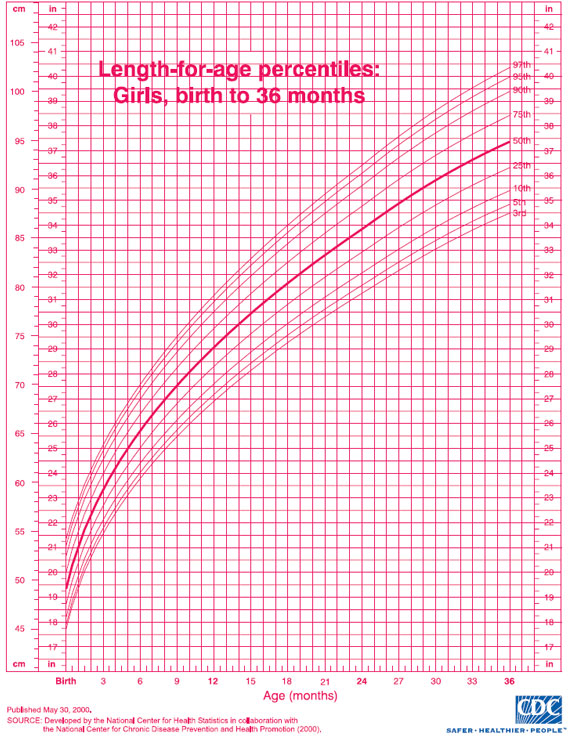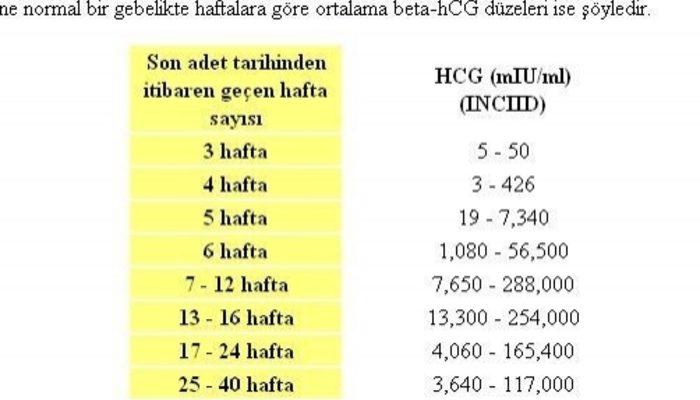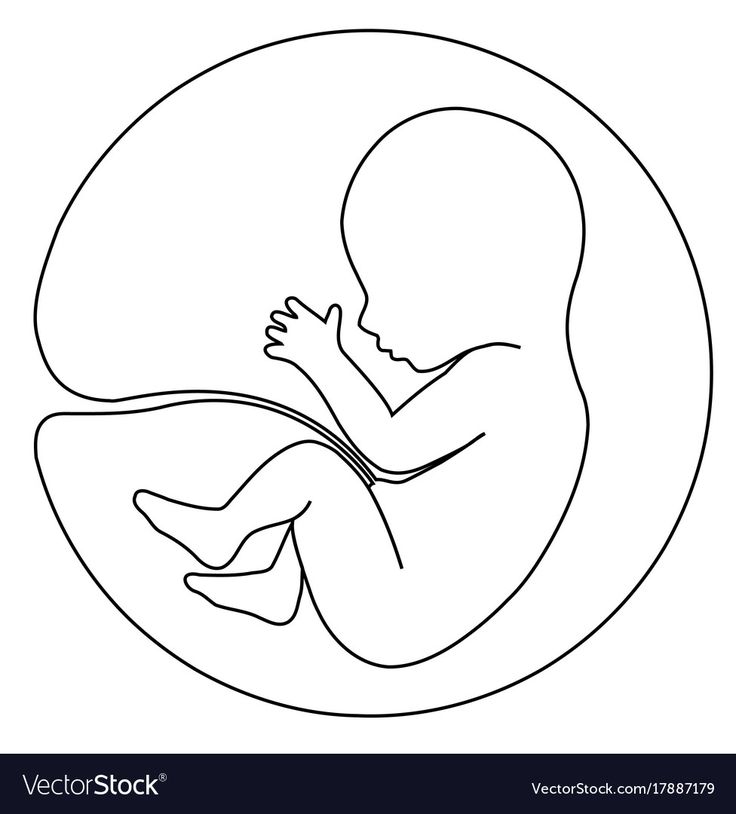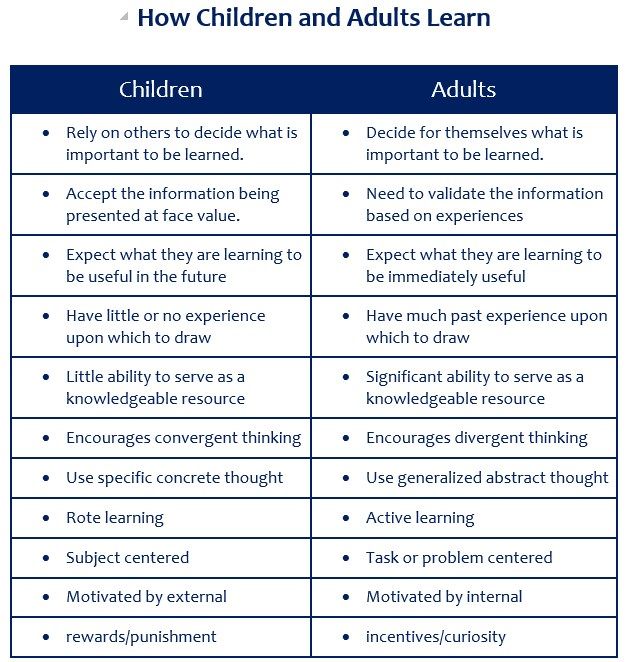Weight percentile kids
Weight Age CDC 2-20 Year
Weight Age 2-20 Stature-Age 2-20 Weight-Stature 2-20
Was this useful to you? Help others and share.
Description:
This calculator provides your child's weight percentile based on age. The percentile shows how your child's weight compares to other children. The percentile tells you what percentage of children weigh less than your child. For example out of a sample of 100 children, a percentile value of 40 percent means your child weighs more than 40 children and weighs less than the other 60.
A percentile of 50% represents the average or mean weight. A value below 50 percent means a child weighs less than the average. A value greater than 50 percent means a child is above average. This does not mean your child is overweight or underweight. A doctor or physician should be consulted to determine weight status.
Calculation Instructions:
- Note, this calculator uses the Center for Disease Center (CDC) children charts for 2-20 year olds
- Enter Birthday
- Enter Measurement Date
- Enter Weight
Outputs:
- Percentile - The weight percentile of the child.
- Age - The age of the child in months
- Weight - The mass of the child in metric and standard units.
- Graph Plot - Weight versus age graph with 5, 10, 25, 50, 75, 95 and calculated percentile lines.
Reference:
Centers for Disease Control and Prevention (CDC). National Center for Health Statistics (NCHS). National Health and Nutrition Examination Survey Data. Hyattsville, MD: U.S. Department of Health and Human Services, Centers for Disease Control and Prevention, 2008 https://www.cdc.gov/growthcharts/.
Child Height Predictor:
Child Height Predictor - Predict Adult Height
CDC Recommended Growth Charts:
The United States Center for Disease Control (CDC) recommends using the World Health Organization (WHO) charts for the first two year of life (0 to 2 years). After two years, it is recommended to return to the CDC charts.
Weight-Age (WHO 0-2 years) Length-Age (WHO 0-2 years) Weight-Length (WHO 0-2 years) Head Circumference-Age (WHO 0-2 years)
Weight-Age (CDC 2-20 Years) Stature-Age (CDC 2-20 Years) Weight-Stature (CDC 2-20 Years)
CDC Growth Charts:
Weight-Age (CDC 0-3 years) Length-Age (CDC 0-3 years) Weight-Length (CDC 0-3 years) Head Circumference-Age (CDC 0-3 years) Weight-Age (CDC 2-20 Years) Stature-Age (CDC 2-20 Years) Weight-Stature (CDC 2-20 Years)
WHO Growth Charts:
Weight-Age (WHO 0-5 years) Length-Age (WHO 0-2 years) Height-Age (WHO 2-5 years) Weight-Length (WHO 0-2 years) Weight-Height (WHO 2-5 years) Head Circumference-Age (WHO 0-5 years)
Chinese Growth Charts:
Weight-Age (China 0-18 years) Length-Age (China 0-3 years) Height-Age (China 3-18 years) Head Circumference-Age (China 0-6 years) Weight-Length (China 0-3 years) Weight-Height (China 3-18 years)
Preterm Infant Growth Charts:
Weight-Age (23-41 Gestational Weeks) Length-Age (23-41 Gestational Weeks) Head Circumference-Age (23-41 Gestational)
Email Contact and Privacy Policy:
Contact: aj@ajdesigner.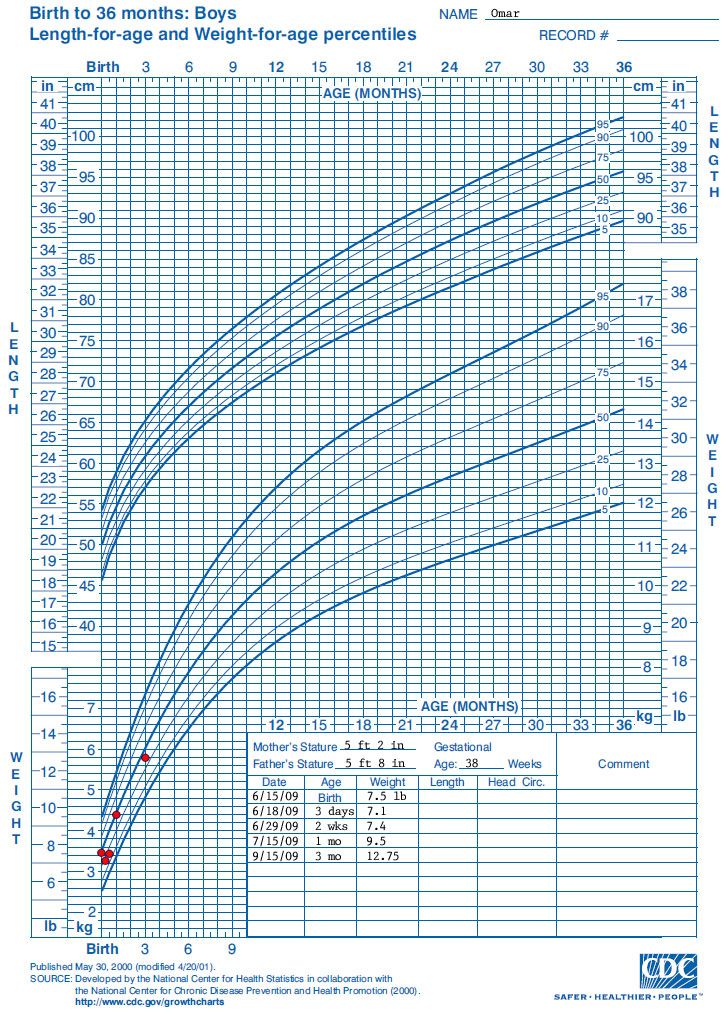 com
Privacy Policy - Legal Disclaimer
com
Privacy Policy - Legal Disclaimer
Popular Pages:
Sale Discount Calculator - Percent Off Loan Calculator Mortgage Extra Payment Paycheck Overtime Rate Calculator Jobs Salary Pay Check Converter Temperature Converter Fraction Calculator - Simplify Reduce Engine Motor Horsepower Calculator Earned Value Project Management Present Worth Calculator - Finance Constant Acceleration Motion Physics Statistics Equations Formulas Mortgage Loan Calculator - Finance Weight Loss Diet Calculator Body Mass Index BMI Calculator Light Bulb Energy Cost Analysis Automobile Fuel Economy - Gasoline Tire Size Comparison Calculator Water Pump Calculator - Hydraulics Geometry Square Circle Cylinder Triangle Calculator Torque Calculator Density Calculator Pressure Calculator Power Calculator Force Calculator
Disclaimer:
Use this calculator at your own risk. This calculator may or may not be accurate or reliable. By using this calculator you acknowledge any reliance on this calculator shall be at your sole risk.
This calculator may or may not be accurate or reliable. By using this calculator you acknowledge any reliance on this calculator shall be at your sole risk.
AJ Design Software:
Technical Tools, Specifications, How to Guides, Training, Applications, Examples, Tutorials, Reviews, Answers, Test Review Resources, Analysis, Homework Solutions, Help, Data and Information for Engineers, Technicians, Teachers, Tutors, Researchers, K-12 Education, College and High School Students, Science Fair Projects and Scientists
Weight Percentile Calculator | Correct Child Weight
Created by Dominika Śmiałek, MD, PhD candidate
Reviewed by Bogna Szyk and Jack Bowater
Based on research by
The WHO Multicentre Growth Reference Study “WHO Child Growth Standards“ (2006)
Last updated: Dec 22, 2022
Table of contents:- The aim of the baby weight chart
- How to interpret the baby percentile chart?
- Baby weight percentile calculator - how to use it
- Weight percentile calculator in practice
- FAQ
Are you curious about your baby's development? Then this weight percentile calculator is designed exactly for you! You'll learn in which percentile your child places, how that relates to their peers, and, most importantly - how baby weight percentiles can describe a child's health from birth.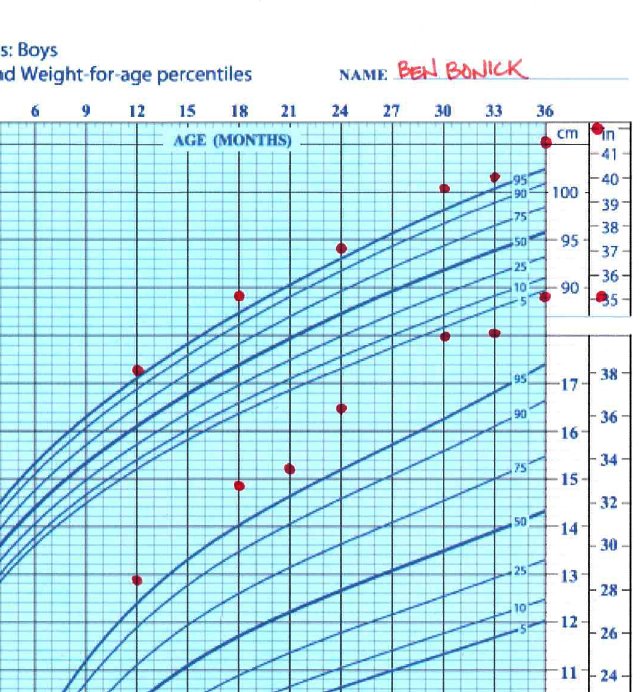 That's not all - in the article below we explain why we use percentiles, how to interpret the WHO growth chart, and we'll show you a quick example of how this infant growth chart calculator is used.
That's not all - in the article below we explain why we use percentiles, how to interpret the WHO growth chart, and we'll show you a quick example of how this infant growth chart calculator is used.
If you want to assess the height of your kid, use out height percentile calculator
So, if you've ever asked yourself "what percentile is my baby?", stay with us and read on.
The aim of the baby weight chart
When assessing a baby's weight, a percentile scale is used. As most children have a specific time where they grow rapidly, require more calories and reach many developmental milestones, it's not easy to know what your child should weight at any particular age.
Therefore, the WHO has developed a baby weight chart, which describes the typical trajectory of a kid's development. With this infant growth chart, you don't look solely at how much they weigh, their height, or their BMI, but where among their peers the child is.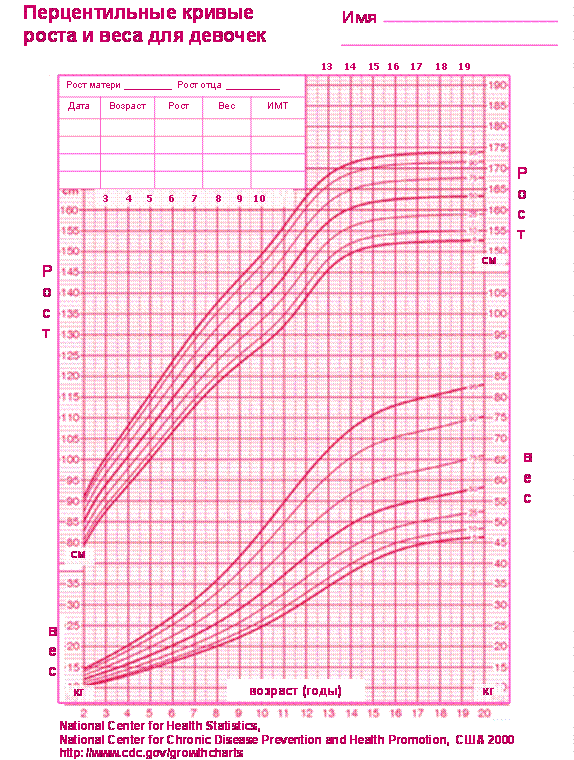 Also, the baby may gain weight before they begin to grow much taller, or vice versa. You may check their BMI with our BMI calculator for kids
Also, the baby may gain weight before they begin to grow much taller, or vice versa. You may check their BMI with our BMI calculator for kids
How to interpret the baby percentile chart?
As mentioned above, raw kilograms are not used when assessing a child's development. However, you always refer to them when calculating the appropriate ibuprofen or paracetamol dose per kg of body weight.
Doctors consider the rate of growth as an important factor when looking at an infant growth chart:
- The child should follow the same percentile line on the baby growth chart as they gain weight.
- If the results cross two or more percentile lines (they raise/decrease by at least two ranges), e.g. from the 75th-85th percentile to the 15th-25th percentile, you should consult a doctor.
- Again, if their weight is below the 5th or above the 95th percentile, check if the baby has always been in those ranges.
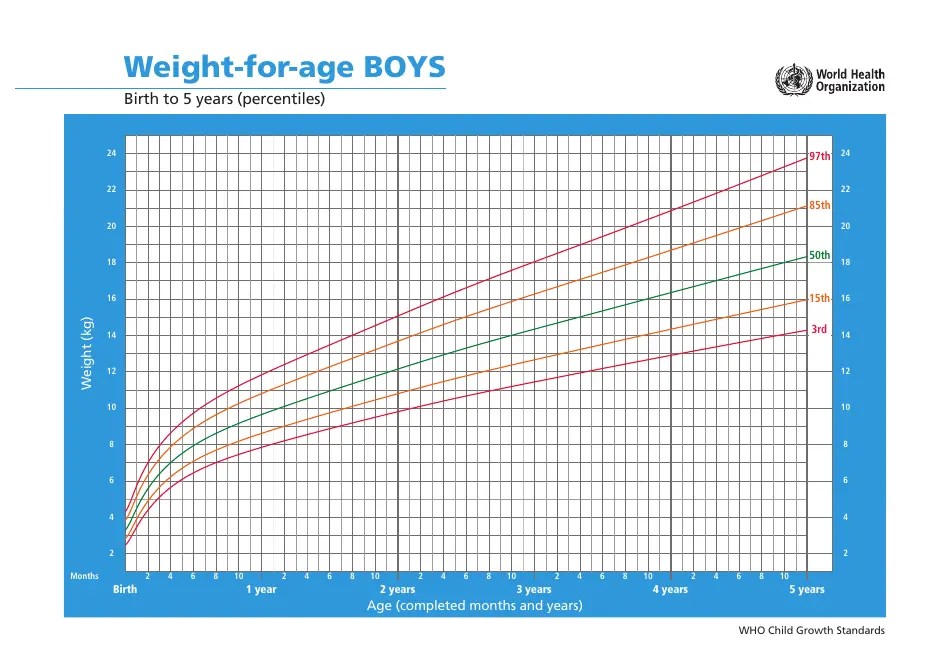 If your child has only entered these ranges recently, consult a doctor. Also, a visit at a dietitian may be useful - as well as controlling their daily calorie intake.
If your child has only entered these ranges recently, consult a doctor. Also, a visit at a dietitian may be useful - as well as controlling their daily calorie intake.
Our data derives from the WHO (World Health Organization), and the standards were developed using data collected in the WHO Multicentre Growth Reference Study. This tool can be only used if a child is less than five years old. After that age, BMI percentile calculator becomes more indicative of a child's development.
Baby weight percentile calculator - how to use it
Let's explain how to use this kids growth chart calculator:
-
First, give us some details:
- Age of your child - (either in weeks, months, or even years). The tool is based on a monthly baby weight chart (for kids older than 13 weeks) or by week (for those younger).
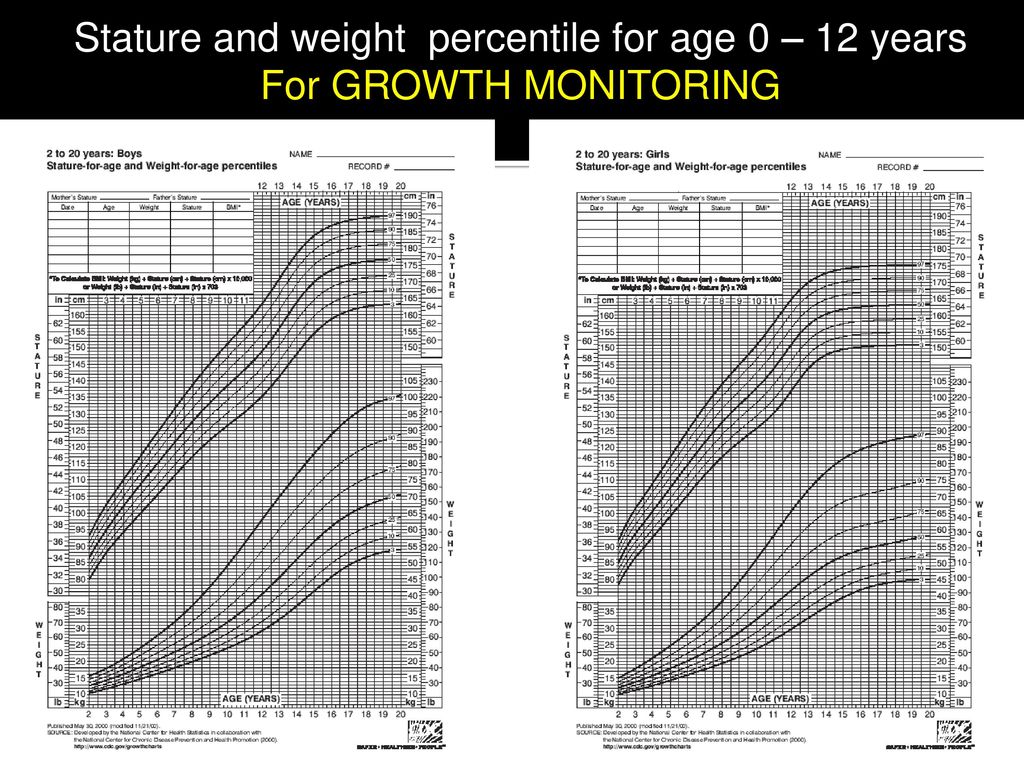 Note, that the tool provides information only for children up to 5 years old.
Note, that the tool provides information only for children up to 5 years old. - Whether they're a boy or a girl.
- Age of your child - (either in weeks, months, or even years). The tool is based on a monthly baby weight chart (for kids older than 13 weeks) or by week (for those younger).
-
Fill in the weight of your child. You can easily use the in-built weight converter to switch between units.
-
Get the results.
Now you'll know the answer to the crucial question, "what percentile is my baby?". The first number is the exact baby percentile, and the second is which percentiles they fit into, with an explanation. There's also a graphic explaining where this percentile is with respect to other children.
The weight of the baby also helps estimate the baby's milk intake requirement.
Weight percentile calculator in practice
It's time to show you how this baby weight percentile calculator works - with an example. Let's take Yvonne, a 31 year old mum of two. The younger one, Vincent, is now five months old. At birth, he received 9 out of 10 in the APGAR score, and his development has always seemed normal, with both weight and height falling perfectly between the 50 and 75th percentiles.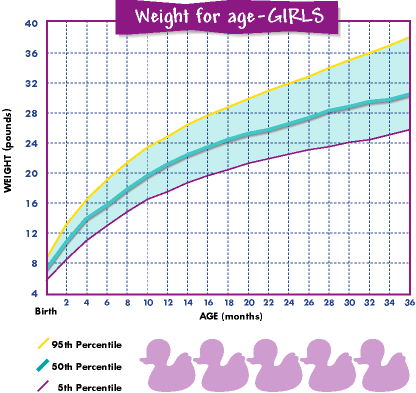
Two weeks ago, Vincent had a little cold, and Yvonne took him to the pediatrician, who checked his percentiles (with the use of our tool and the WHO growth chart).
The doctor calculated: age: 5 months, sex: male, weight: 6.38 kg. The result was clear, the 8th percentile, exactly between the 5th and 10th percentiles.
What does it mean? Something has changed, and the child needs some further diagnostics. The baby percentile chart result itself is quite correct, but as Vincent has dropped by more than 2 percentile lines - his BMI and head circumference percentiles need to be checked.
We try our best to make our Omni Calculators as precise and reliable as possible. However, this tool can never replace a professional doctor's assessment. If any health condition bothers you, consult a physician.
FAQ
What is the child weight percentile?
The child weight percentile is defined as the comparison of weights between the child and the rest of the children among the group of 100. Such that, if the weight percentile is 80, the child is likely to have more weight than 80 children in the group, and less weight than the other 20. The idea is to compare the weight and/or size of the baby compared to their peers.
Such that, if the weight percentile is 80, the child is likely to have more weight than 80 children in the group, and less weight than the other 20. The idea is to compare the weight and/or size of the baby compared to their peers.
What do I need to find the child weight percentile?
To find the child weight percentile, you would need:
- The age of your child,
- The weight of your child, and
- WHO child growth chart.
How do I estimate the child weight percentile?
To estimate the child weight percentile:
- Mark the age of your child on the WHO growth chart and trace a horizontal line
- Similarly, mark the weight of your child on the X-axis of the growth chart and draw a vertical line, until it meets the horizontal line.
- The percentile curve on which the intersection occurs is the weight percentile of the child.
Should my child follow the same percentile line?
The child should follow the same percentile curve as they grow older.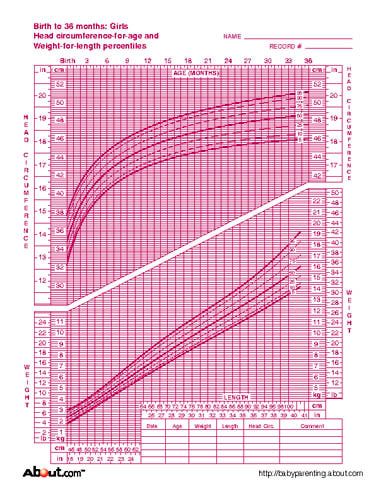 If they go up or down by 2 percentiles for any reason, you should consult a doctor.
If they go up or down by 2 percentiles for any reason, you should consult a doctor.
Dominika Śmiałek, MD, PhD candidate
Is it a boy or a girl?
Weight
Results
The exact result is:
percentiles
Check out other percentile caculators:
✔️ Height
✔️ Head circumference
✔️ BMI
This tool is based on WHO's child growth standards.
Check out 7 similar percentile calculators 👶
Baby percentileBirthweight percentileChild BMI percentile… 4 more
Percentiles in infants and children, what are they for? How are they calculated?
As a child grows throughout their childhood, when they go to the pediatrician, they check growth charts to see if physical development is optimal for their age. Growth charts or percentiles help doctors and parents evaluate and monitor a child's growth. Although growth charts can provide important information, this information should not be the only diagnostic tool a clinician uses. Percentiles are an analysis of information, but each child is different and does not always have to be accurate for everyone. nine0003
Percentiles are an analysis of information, but each child is different and does not always have to be accurate for everyone. nine0003
Index
- 1 What are percentiles?
- 2 Children's percentiles
- 3 Children's percentiles
- 4 How to calculate percentiles
- 5 Children's percentile chart
- 6 Girls' percentile chart
What are percentiles?
Percentiles are growth curves or charts that measure and compare children's height. regarding general and standard data. These parameters show height, weight and head circumference, which are considered normal at a certain age, taking into account, first of all, the first years of a baby's life. But it should be noted that every child is a world, and that the doctor himself will evaluate whether the boy or girl is really within the normal range or if there is something to be considered regarding their health.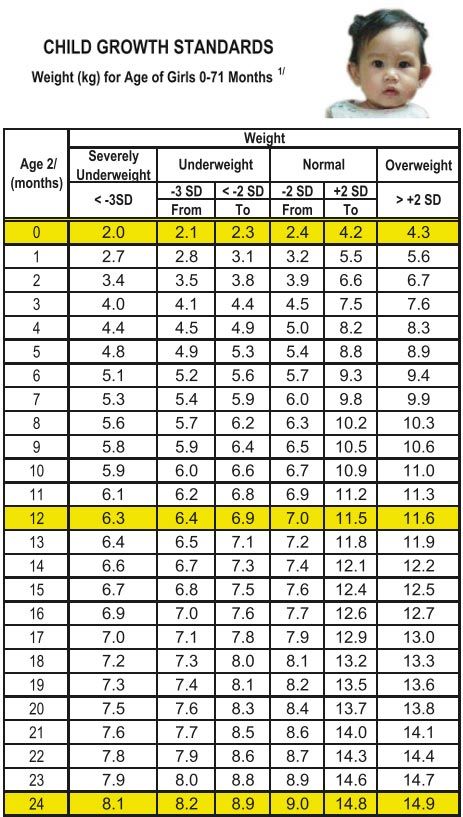 nine0003
nine0003
Growth curves contain a set of percentiles ranging from 5 to 95%. Doctors measure the circumference of the child's head, in children under 3 years old - weight and height. After collecting this data, the doctor plots the growth according to the child's age.
Weight, height and head circumference, if they fall within the graph, will indicate the percentile. This is adequate. Percentiles are a way to compare your child to other children. Higher percentages indicate a fatter or taller child, while lower percentages indicate a lighter or shorter child. nine0003
For example, a girl with the 75th weight percentile would be above 75 girls out of 100 and less than 25 girls out of 100. Percentiles also allow the clinician to compare height and weight to determine proportionate height. A child with a 90th percentile weight and 25th percentile height is likely to be too heavy for their height; whereas a child with the 50th percentile of height and weight has a good ratio.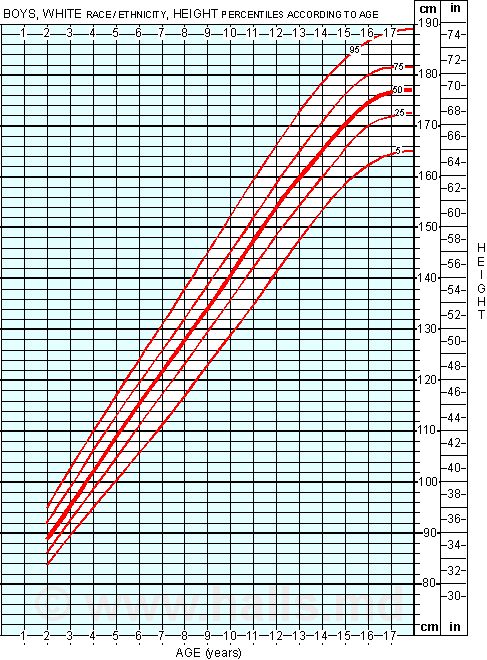
Child Percentiles
If you want to know if your child's percentiles match their birth age, the first thing you need to do is Consult your pediatrician to determine suitable parameters. . The best percentile charts are the ones your pediatrician will have as they are likely to be based on the WHO charts. The percentile will display your child's weight or height on the growth chart (he may be above or below average), and you have nothing to worry about as they are standard values and everything is fine unless your pediatrician sees something unusual. ordinary, in which case they will have to tell you about it. nine0003
The growth of infants and children is influenced by many external factors, such as feeding or movement, but there is also a great deal of genetic influence. Even if your child or toddler is above or below the standard height, if they are happy, alert, active and in good health, they will rarely suffer from problems.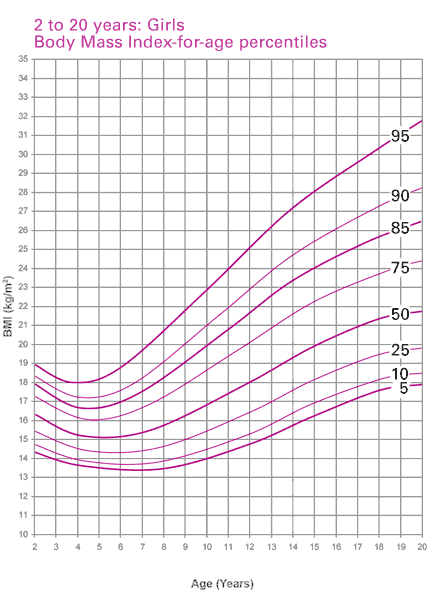 Percentile charts should only be a guide for you, but your pediatrician will always evaluate your child's growth, development, and health.
Percentile charts should only be a guide for you, but your pediatrician will always evaluate your child's growth, development, and health.
Percentile children
The same happens with infant percentiles in infant percentiles are indicative values and should not be of any concern. Although, if a child may be obese for his age, it would be wise for parents to take action in his life, not only because of what they invest in the percentile, but also for the good of his health.
Si the doctor appreciates that parents should take some action In particular, thanks to the data in the growth chart and the data that your child has regarding his weight, height and age, they will immediately inform the parents in order to find the best health solutions baby. nine0003
How to calculate percentile
Childhood obesity is a serious problem Millions of children in our society are overweight. Children under 6 years of age are overweight due to malnutrition and a sedentary lifestyle.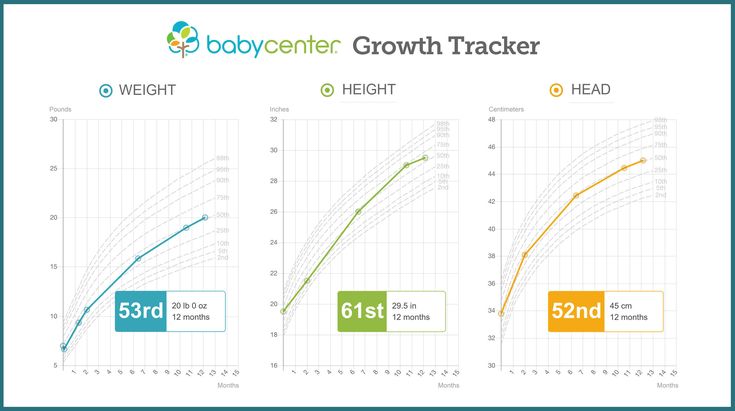 Obesity can cause developmental and health problems in children, and percentiles can be a great tool to determine if a child is on the path to becoming obese.
Obesity can cause developmental and health problems in children, and percentiles can be a great tool to determine if a child is on the path to becoming obese.
But in addition to physical health problems, there can also be emotional health problems that lead to low self-esteem in children when they feel that their body image is negative. nine0003
You can find calculators online to automatically calculate your children's percentile, but you can also do it yourself with or without the help of a doctor. To calculate the percentile, you must first calculate your BMI (body mass index), where will give you your ideal weight based on your current weight and height. You must remember that BMI does not calculate body fat, but only adequate weight based on height.
BMI is calculated by dividing weight by height in meters squared. nine0006 . For example, if your three-year-old son weighs 16'250 kg and is 92 cm tall, his BMI would be 19'19. The equation to get the BMI would be 16'250 / (0 x 92).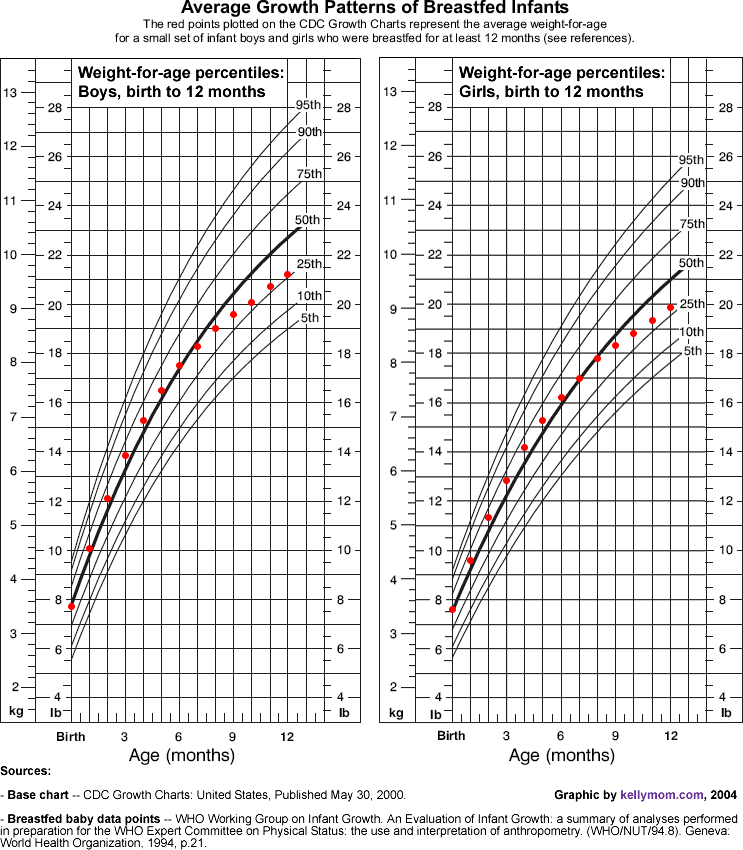 Knowing the BMI is not enough to know if a child is overweight, we must take into account the age and whether it is a boy or a girl.
Knowing the BMI is not enough to know if a child is overweight, we must take into account the age and whether it is a boy or a girl.
After calculating the BMI, you should look at the growth chart of boys or girls according to the age presented by WHO, after which you can get the percentile corresponding to your son / daughter. Percentiles are an indicator that will help you recognize the relative position of your BMI in relation to your peer group. The average percentile will indicate normal weight, but the lower the risk of weight loss in a child and the higher the risk of being obese or overweight. nine0005 WHO classification of children:
- Percentile less than 5: underweight
- Percentile 5 to 85: normal weight.
- 85 to 95 percentile: overweight.
- Over 95 percentile: obesity
In BMI, the values would be:
- Less than 18: underweight.
- 18 to 24.9: Normal
- 25 to 26.9: overweight
- Over 27: obese
- From 27 to 29.
 9: obesity I degree
9: obesity I degree - From 30 to 39.9: obesity of the II degree.
- Over 40 years of age: III degree obesity
Children percentile table
Girls percentile table
The content of the article complies with our principles of editorial ethics. To report a bug, click here.
You may be interested in
Assessment of the physical development of a child at 2-4 years old using growth charts
IN THIS ARTICLE
Children grow at their own pace. Large, lean, tall, short—there is a wide range of healthy shapes and sizes among children. Genetics, gender, nutrition, physical activity, health status, environment, hormones all affect a baby's height and weight. Much of the above is different in different families.
So how do doctors determine if a child's height and weight are "healthy"? Is the child developing normally? Are there medical reasons that affect the growth of the child? nine0003
Doctors use growth charts to help them find answers to these questions. In this article, you will learn more about growth charts and what they say about your child's health.
In this article, you will learn more about growth charts and what they say about your child's health.
What can your preschooler's growth chart or growth chart tell you about?
Growth charts give you an overview of how your child is developing physically. By comparing your preschooler's measurements—weight, height, and body mass index (BMI)—with those of other children of the same age and gender, as well as previous checkups, the doctor can determine if your child is growing at a healthy pace. nine0003
But don't get hung up on your child's percentiles. While growth charts are periodically improved and updated based on national statistics, they are not the primary measure of how well your child is doing. The most important thing is that your baby grows steadily and consistently, and not according to some magic number.
What charts are used to assess your child's growth
The growth charts used by pediatricians may vary by region. At the same time, growth charts from the World Health Organization (WHO) show with high accuracy how children develop up to 24 months.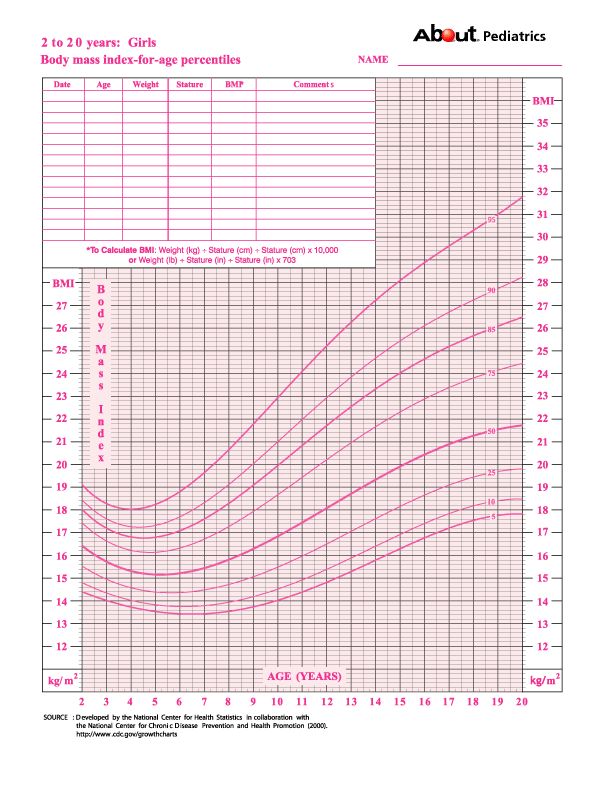 Therefore, the US Centers for Disease Control and Prevention recommends that doctors use the WHO growth charts to assess the growth of infants. From the 25th month, pediatricians can use other tables adopted in their region. Ask your pediatrician which growth charts they use to assess your baby's growth. nine0003
Therefore, the US Centers for Disease Control and Prevention recommends that doctors use the WHO growth charts to assess the growth of infants. From the 25th month, pediatricians can use other tables adopted in their region. Ask your pediatrician which growth charts they use to assess your baby's growth. nine0003
What does “percentile” mean on a growth chart?
The easiest way to explain this is with an example: if your 24-month-old daughter is in the 40th percentile for weight and 80th percentile for height, this means that 40% of 24-month-old girls in your country weigh the same or less than your baby, and 60% weigh more. Also, 80% of girls her age are the same height as her, or shorter, and 20% are taller than her.
The child is only in the 25th percentile. Is this figure too low? nine0025
If your child has always been in the 25th percentile for height and weight, your pediatrician will likely not be concerned that 75% of children of their gender and age are larger than them.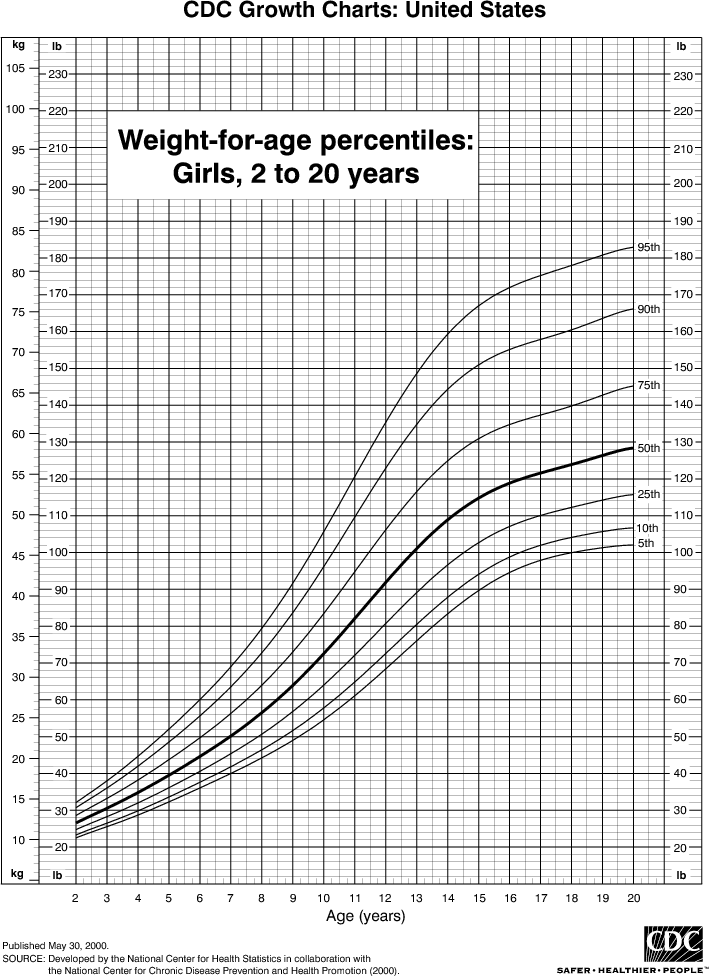 It is important to remember that the doctor observes how your baby grows in general, and not how much his physical parameters increase.
It is important to remember that the doctor observes how your baby grows in general, and not how much his physical parameters increase.
Keep in mind that children tend to go through periods of rapid growth that alternate with periods of slow growth. The doctor will record individual maximum and minimum values, but he will pay more attention to the overall picture of the child's growth. nine0003
How BMI is used to measure your preschooler's height
Body mass index (BMI) is a weight-for-height measure that helps the doctor estimate body fat percentage. Once your baby is 24 months old, the pediatrician will take their BMI at every routine checkup to see if they are at a healthy weight.
Here's how BMI percentiles represent the weight of children aged 24 months or older, according to the US Centers for Disease Control and Prevention:
- 4th percentile or less: underweight;
- 5th to 84th percentile: healthy weight;
- 85th to 94th percentile: overweight;
- 95th percentile and above: obese.
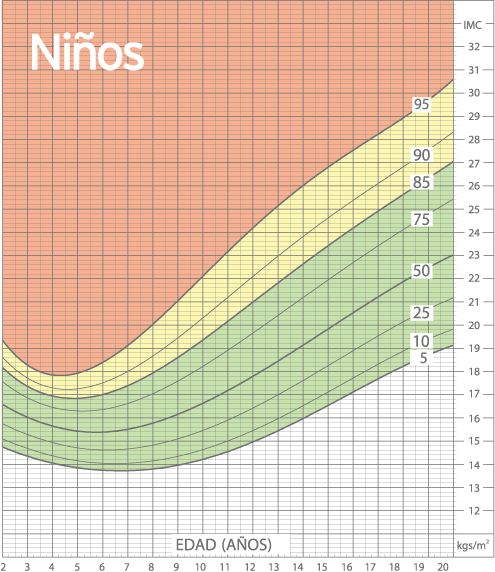
There are different growth charts for boys and girls because their height, weight and body structure are different. The graph shows that a child's BMI changes over the years, typically decreasing during the preschool years and rising during elementary school through adulthood. nine0003
When should I worry about the growth of a preschooler?
A significant change in your child's percentile may be cause for concern. For example, if your baby was consistently at the 50th weight percentile and then suddenly dropped to the 15th, your pediatrician will want to find out why. Such a drastic change may be due to a medical factor that requires further analysis.
A slight ailment or a change in your child's diet may result in a slightly reduced individual schedule. In this case, the doctor will monitor your baby's growth more closely for a while. nine0003
If the child has not been ill, but has begun to gain weight more slowly relative to the general schedule, the doctor may advise increasing the portions of the baby. You may be asked to bring your baby in for checkups more often to make sure that his weight has started to increase again.
You may be asked to bring your baby in for checkups more often to make sure that his weight has started to increase again.
Of course, in some cases a faster increase or decrease in the child's physiological parameters is a good sign. For example, if your child's weight was below normal, increasing the weight gain schedule will please you. If the child was overweight, lowering the curve in response to eating healthier foods is also a positive result. nine0003
Keeping a child in the same growth range is not always a cause for concern. For example, if the height of a preschooler is very short and both of his parents are very short, it may be completely normal that he belongs to the 5% of the shortest kids.
But if the child is very short, despite the fact that both of his parents are of average height or taller, or the child is too thin, when both parents have an average or more than average weight, the doctor must make sure that there are no disturbances in the physical development of the baby (for example, , hormone deficiency or genetic disorders).